Specialties
Avian and ExoticsCardiology
Clinical Pathology
Dentistry and Oral Surgery
Dermatology
Emergency & Critical Care
Integrative Medicine
Internal Medicine
Medical Oncology
Neurology
Ophthalmology
Orthopedics
Radiation Oncology
Radioiodine (I-131)
Radiology
Rehabilitation & Pain Management
Surgery
Theriogenology
Canine Cranial Cruciate Ligament Repair
Canine Cranial Cruciate Ligament Surgery and Treatment
Cranial cruciate ligament (CCL) tears are the most common orthopedic injury in dogs.
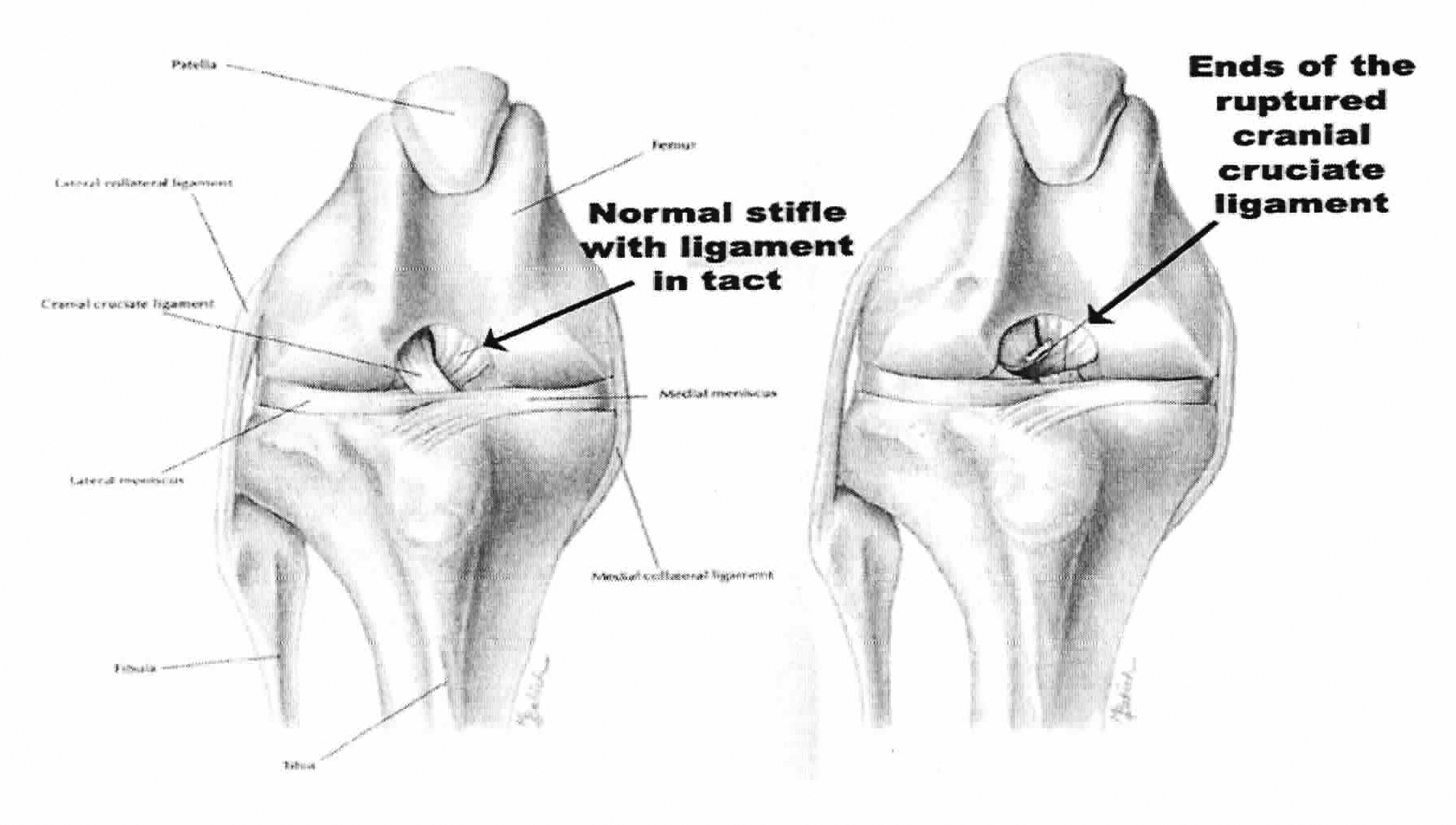
We see hundreds of dogs each year with unilateral, bilateral and partial cranial cruciate tears. When
the CCL ruptures dogs will have stifle (knee) joint instability characterized by forward translation of the
tibia with respect to the femur (a drawer sign or tibial thrust) and excessive internal rotation.
Dogs have two cruciate ligaments, the cranial and caudal cruciate ligaments. It is the cranial cruciate
ligament that is the one that commonly tears. The cranial cruciate ligament has two distinct bands, the cranial medial band and the caudal lateral band.
With a partial CCL, it is the cranial medial band that ruptures. With this injury there is a "drawer sign" in flexion only.
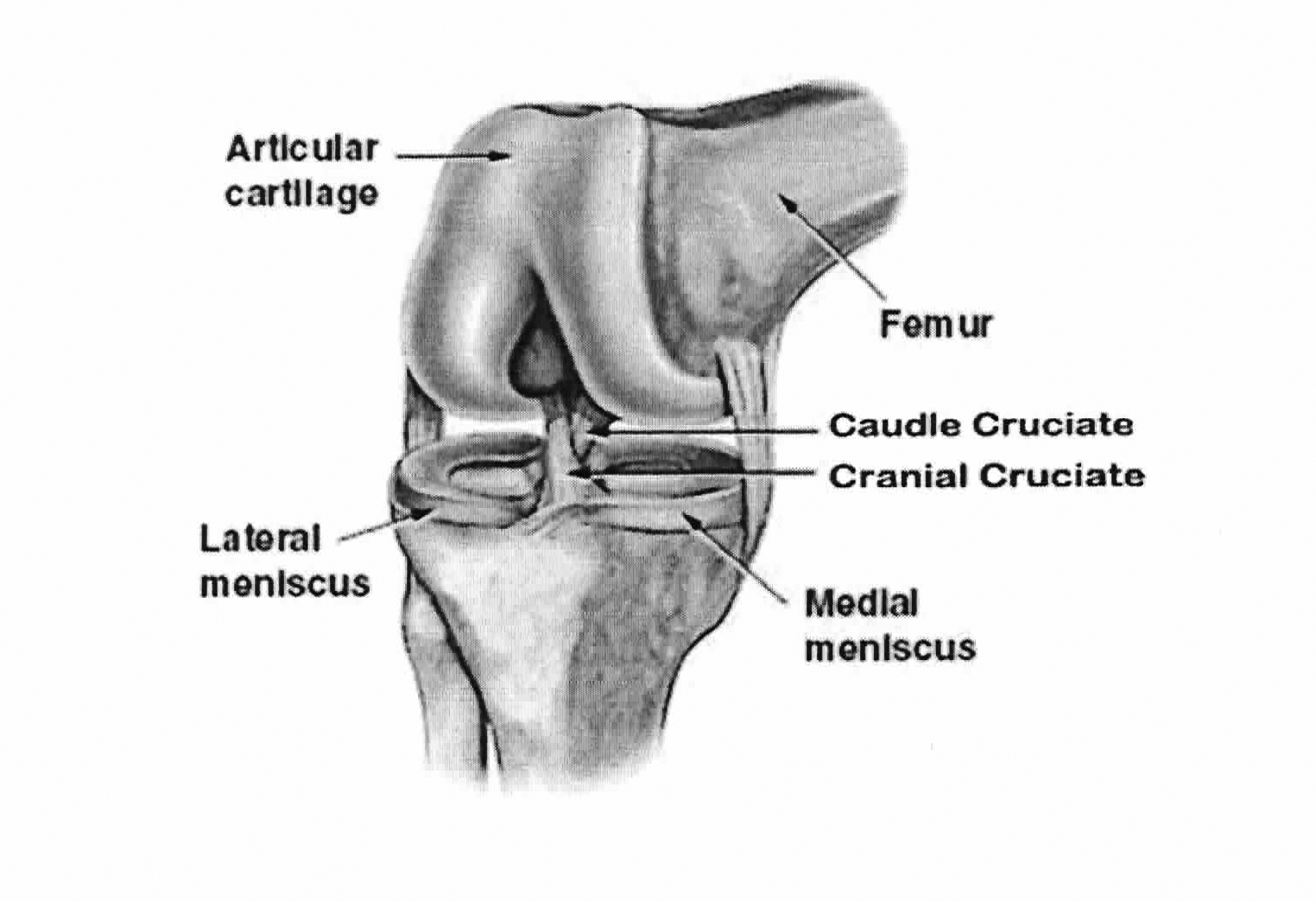 It is not uncommon for a tear in the medial meniscus to develop. This accompanying injury can cause pain
and abundant joint effusion.
It is not uncommon for a tear in the medial meniscus to develop. This accompanying injury can cause pain
and abundant joint effusion.
There have been numerous techniques used to repair CCL ruptures in dogs over the years.
The most common repairs done today are divided into two categories: extracapsular repairs and the bone
cutting techniques.
The most common extracapsular repairs are the:
Lateral Fabellar Suture Technique
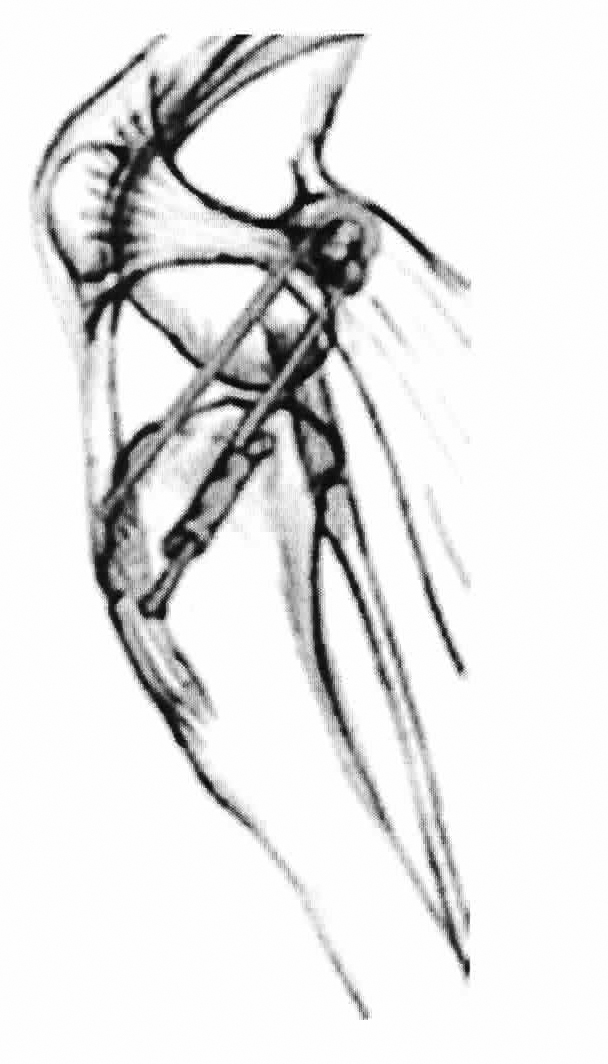
Tight Rope Technique
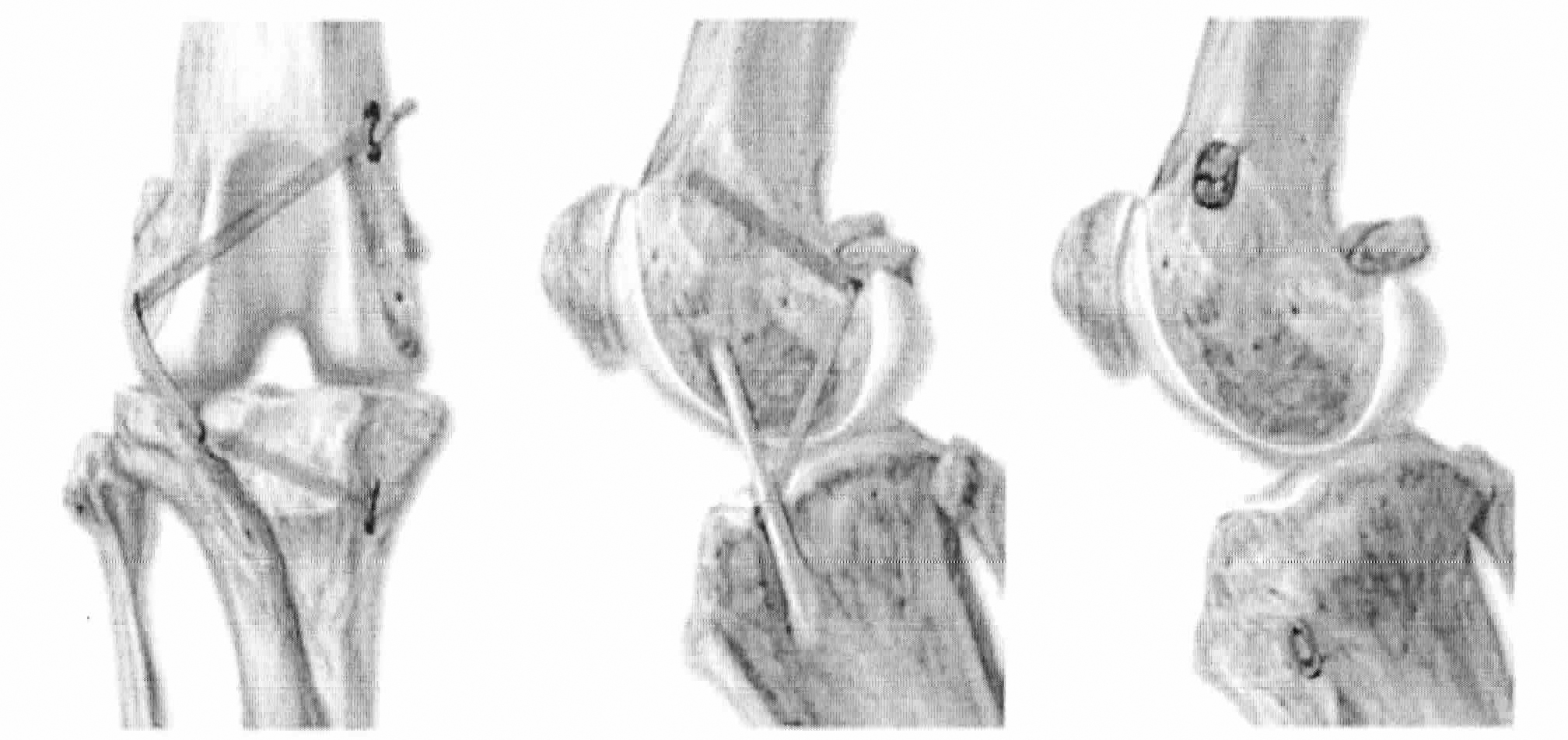
The two most common bone cutting techniques are:
Tibial Tuberosity Advancement
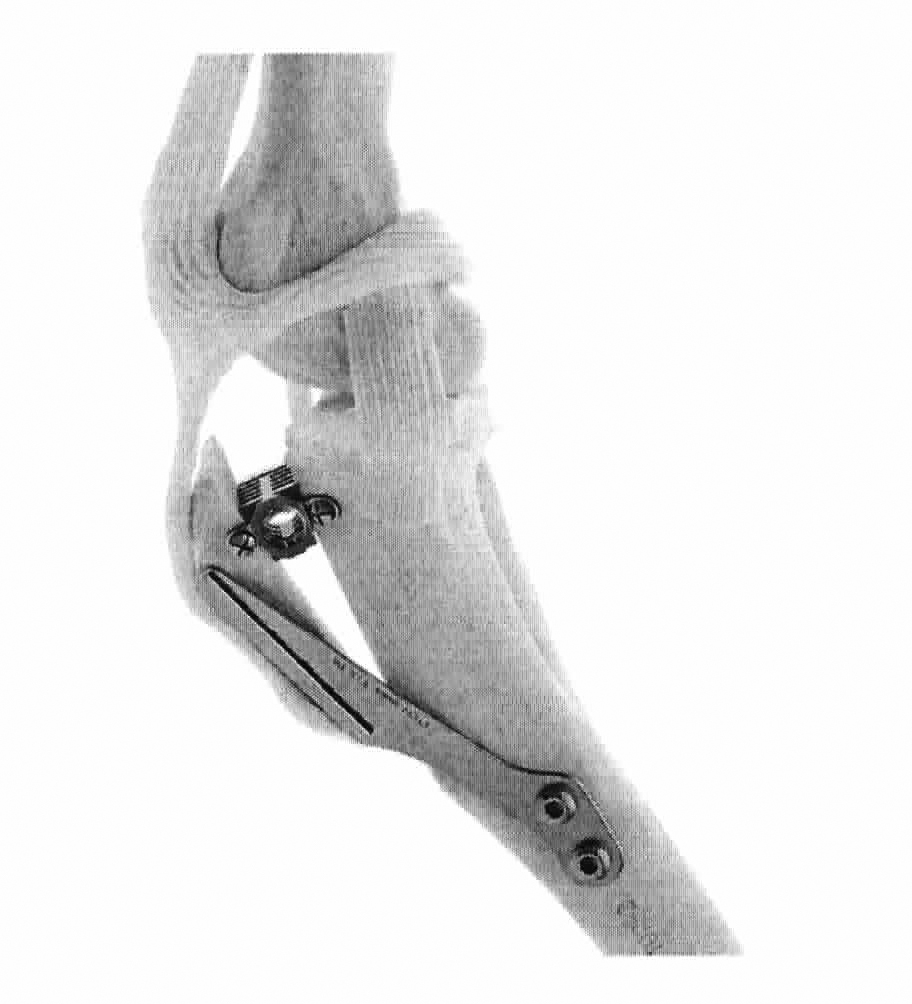
Tibial Plateau Leveling Osteotomy
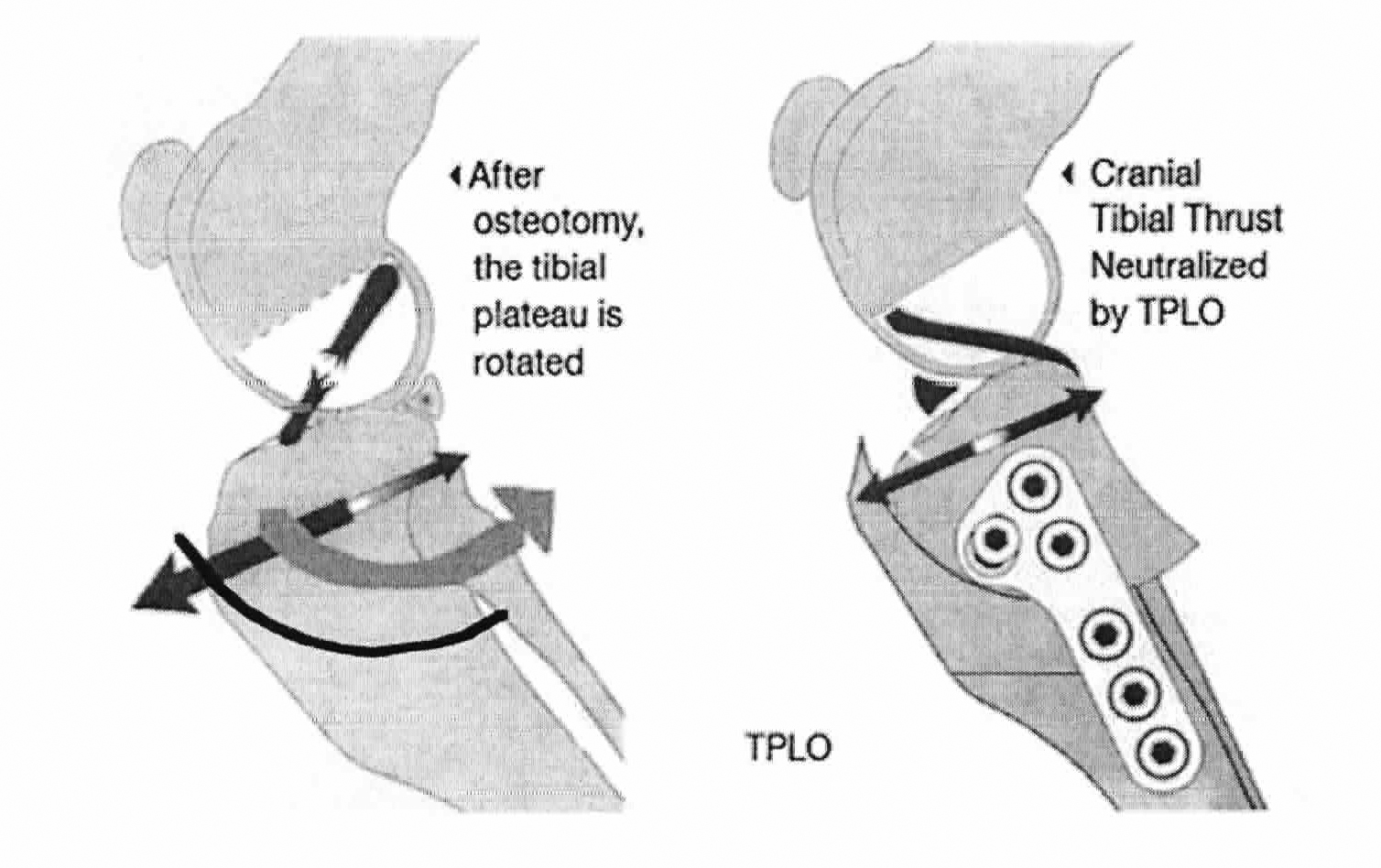
There are many decisions to make regarding which technique would be the best technique for your dog. Some of the things we consider are age, breed, size and general health. Other factors include athletic condition, owner finances, home environment, and other health factors.
The surgeons at NorthStar VETS will help council you as to which technique would be best suited for your pet. In general, the bone cutting techniques are best suited for large breed dogs. Dogs over 60- 70 pounds are strongly recommended to have one of the bone cutting techniques. These techniques provide our larger patients with a very strong repair and usually a much earlier return to function. The bone cutting techniques are more expensive because they require special X-rays and implants. Please review the general estimates included and ask your surgeon for advice.
As always, if you have further questions, do not hesitate to call to speak to one of our surgeons. We have a surgeon on staff 7 days a week.
Illustrations of a Tightrope® CCL surgical procedure taken from the ArthrexCff; Vet Systems procedure manual. Used with permission.













